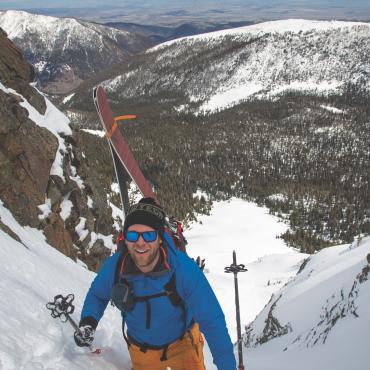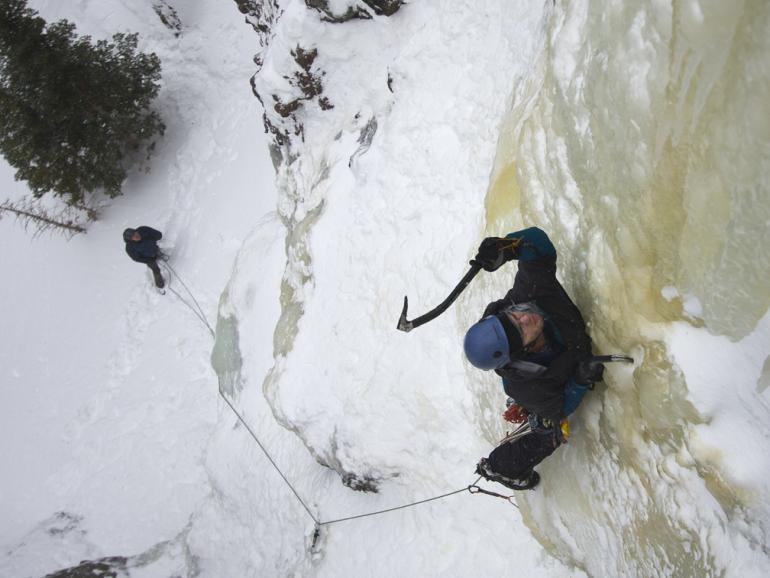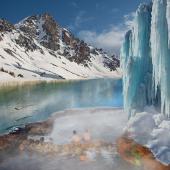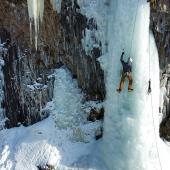Ask an Ice Climber
Advice for the winter season.
Dear Ice Climber,
My best friend recently started dating my former wife. It’s weird to hear him talk about her, and I’m pretty upset with both of them. It grosses me out. How should I handle the situation?
The Ex
Dear Ex,
A properly prepared, razor-sharp ice tool can penetrate several inches into rock-solid ice with a single swing. In addition to deadly efficiency, it also produces less fracturing of surrounding ice, and ensures more secure placements. Sharpen your picks after every outing to guarantee effective, efficient sticks, but don’t use a bench grinder—excessive heat will change the temper of the pick’s steel alloy, weakening the tool.
To prepare a pick for maximum penetration, begin by dressing with a bastard file to the manufacturer’s bevel, and hone until all of the dull metal shines and the edge is blade sharp. Next, file the top bevel until it’s as sharp as the end of the pick—this allows the pick to knife into the ice more easily and makes it easier to remove. Lastly, bevel the teeth on the underside of the pick slightly, following the factory grind.
Dear Ice Climber,
We have assigned parking spaces at my apartment building, and the guy next to mine slams his car door into my truck almost every day. My truck is full of dings from this clown. He’s totally oblivious, but a really nice guy every time I’ve met him. I’ve asked him to be more careful, but the dinging continues. What should I do?
All Dinged Up
Dear Dinged Up,
Ice is an ethereal, unpredictable, and dangerous medium. When it’s very cold, ice shatters into large “dinnerplates” that can fall onto unsuspecting climbers and belayers below. These pieces of ice commonly weigh several pounds (sometimes much more), and when dropped from normal climbing heights (often exceeding 100 feet), can have the effect of a bomb and carry enough force to kill. Inversely, when it’s warm, ice can spontaneously fall from cliffsides, entire climbs can detach from walls, running water can erode climbs from the inside, and ice screws can literally melt out of their placements. Any of these conditions can be dangerous—sometimes deadly. Keep an eye on the weather and temperature to identify potential dangers.












